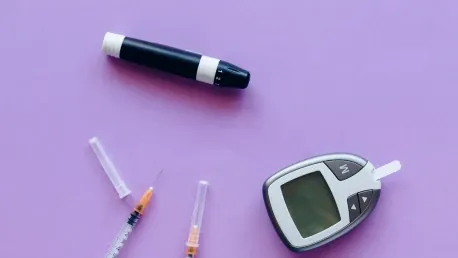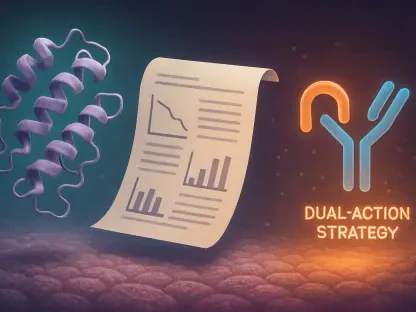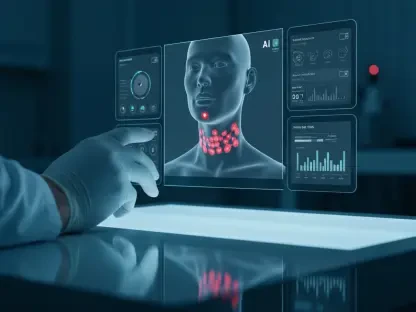In a groundbreaking study from Karolinska Institutet in Sweden, researchers have introduced an innovative method aimed at concurrently screening for liver fibrosis and eye disease in people living with type 2 diabetes. By combining liver damage screening with the already established retina scanning programs, the new approach strives to detect severe liver disease at an early stage, thus reducing adverse outcomes. Given that over half of the individuals with type 2 diabetes suffer from steatotic liver disease, which can often progress to more severe conditions like liver fibrosis, cirrhosis, or even liver cancer without initial symptoms, early detection is crucial for improving and even saving lives.
Integrating Liver Damage Screening with Retina Scanning Programs
Current Retina Scanning Practices in Sweden
In Sweden, it has been a standard practice for patients with type 2 diabetes to undergo regular fundus photography, primarily to detect potential eye damage that could arise from their condition. Both eye disease and liver disease are significant complications of diabetes, yet only eye screening has been part of routine assessment protocols. The study, recently published in Lancet Gastroenterology and Hepatology, examines the feasibility and benefits of incorporating elastography—a non-invasive, painless ultrasound-based technique used to detect liver fibrosis—into these established diabetes eye screening programs. This dual approach could significantly streamline patient care and facilitate early diagnosis of liver disease.
Initial Findings and Patient Participation
During the study, over 1,300 patients with type 2 diabetes were surveyed to gauge their willingness to participate in the combined screening approach. Remarkably, 77% of those surveyed expressed a willingness to engage in the dual screening process. Initial elastography results showed that 15.8% of these patients displayed signs of liver fibrosis, while 5% exhibited more advanced stages, such as fibrosis or cirrhosis. Upon reevaluation, the figures adjusted to 7.4% for initial liver fibrosis cases and 2.9% for advanced fibrosis or cirrhosis. These adjustments were likely due to errors related to non-fasting conditions during the initial elastography tests. The substantial interest and initial findings underscore the potential efficacy and acceptability of this dual screening method among patients.
Evaluating Economic Viability and Collaborative Efforts
Financial and Collaborative Support
One of the critical steps forward for the researchers is to conduct a thorough economic analysis of this dual screening method to assess its financial sustainability and broader benefits concerning health outcomes. The study received robust financial support from major pharmaceutical companies, including Gilead Sciences and Pfizer, along with additional backing and collaboration from several other entities within the pharmaceutical industry. This financial and collaborative assistance highlights the significant interest and potential impact this novel screening approach could have on healthcare management for patients with type 2 diabetes.
Implications for Healthcare Management
Researchers at Karolinska Institutet in Sweden have developed an innovative method to screen for liver fibrosis and eye disease concurrently in individuals with type 2 diabetes. This approach integrates liver damage screening with the existing retinal scanning programs. The goal is to detect severe liver disease at an early stage, potentially reducing the risk of adverse outcomes. It’s especially critical given that more than half of those with type 2 diabetes experience steatotic liver disease. This condition can silently progress to liver fibrosis, cirrhosis, or liver cancer if not caught early. Since these severe liver conditions often lack initial symptoms, early detection is essential for improving patient outcomes and even saving lives. This dual screening can transform how healthcare systems address complications in persons with type 2 diabetes, ensuring that both eye and liver health are monitored more diligently. Early identification of liver issues could lead to timely interventions, ultimately enhancing health and longevity for diabetic patients.









